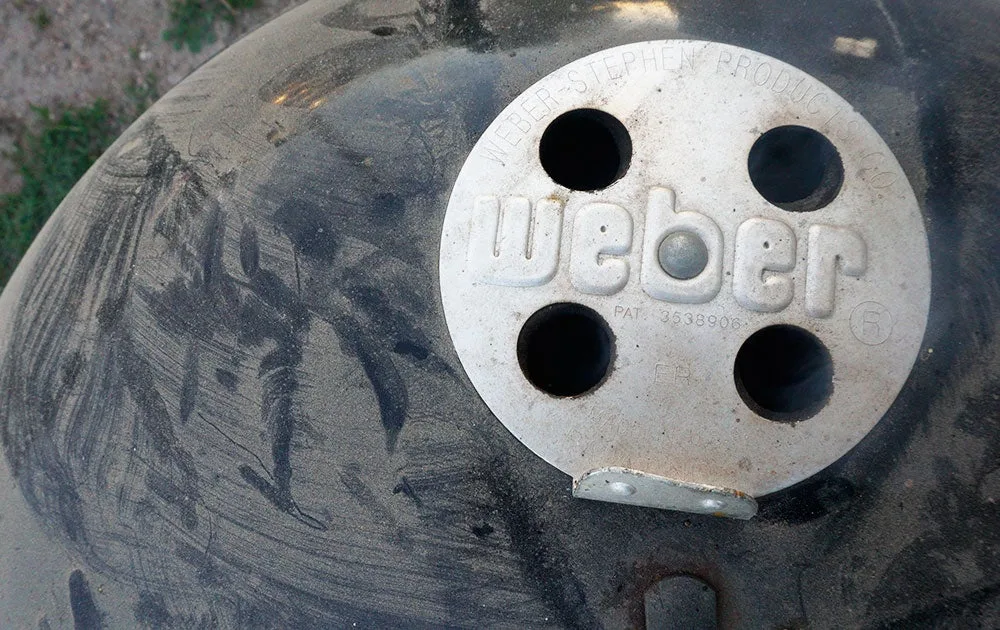_We may earn revenue from the products available on this page and participate in affiliate programs. Learn more ›
_

When grilling over fire, covered openings are critical to managing temperature. David Draper
Whenever I bring up how to use a charcoal grill, someone inevitably has a question about grill vents. Although the idea seems simple, there’s confusion about how grill vents (or dampers) work and what they are for. Every charcoal grill or wood smoker has a set. And, basic as they are, the covered openings are critical to managing grill temperature.
How Grill Vents Work
Bottom Vents
The dampers on the bottom of most charcoal grills or along the lower half of smokers have exactly one function: to fuel the fire with oxygen. Think of them as intake ports, sucking in fresh air to replace the oxygen burned by combustion. The more air, the hotter the fire. The less air, the cooler the internal temperature of the grill. No air and the fire goes out. On my Weber kettle, I always start with all three bottom vents open. Then I close each partially to get the charcoals burning at the rate for the type of fire I want.
Top Vents
Think of the dampers on the lid like you would a chimney. They vent hot air and smoke out of the top of the grill, which then pulls fresh air through the bottom grill vents. Because this exhaust is critical to how much air comes into the grill, the top vents are more important than you might think. Close them and, with a well-sealed grill, you’ll kill your fire. In most cases, it’s better to leave them open all the way and use the bottom vents to manage grill temperature.
Managing Vents for Smoking on a Charcoal Grill
When smoking smaller cuts of meat, like steaks or chicken quarters for supper, I often use my Weber
kettle or PK Grill instead of breaking out my Camp Chef pellet grill or propane smoker. This requires a two-zone fire, with hot coals and wood chips on one side and a cooler half with a water-filled pan underneath the meat. In this situation, I open the dampers directly under the coals and those directly over the meat. All other vents remain closed unless I need to up the fire’s heat. This set-up pulls the smoke from the burning chips over to the side of the grill where the meat sits, fully enveloping it in a flavorful smoke.
**Read Next: How to Turn Your Grill into a Smoker
**





